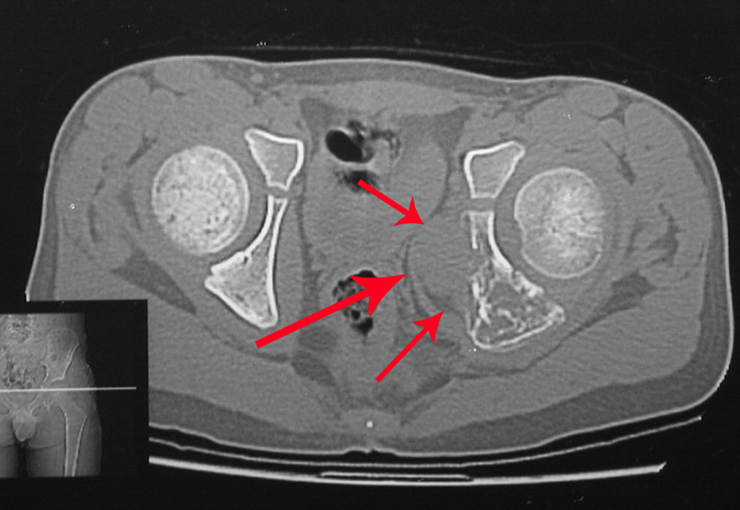Ewing's sarcoma
Diagnosis and Treatment
Ewing sarcoma diagnosis and treatment. Ewing sarcoma is a malignant tumor composed of small, round, undifferentiated cells that represents a significant clinical challenge due to its aggressive nature and rapid spread. This type of neoplasia has a maximum incidence in the first and second decades of life, being less common after the third decade, and exhibiting a 2:1 ratio between male and female sexes.
Although the exact origin of Ewing sarcoma cells has been the subject of controversy, recent studies suggest a neuroectodermal origin. These tumors frequently arise in the meta-diaphyseal region of the long tubular bones and in the pelvis, and their macroscopic characteristics include a bone lesion with a whitish-gray color and soft consistency. A distinctive feature is the formation of a thin lamellar reaction, resulting in an “onion skin” radiographic appearance and a large amount of extracortical lesion.
On histological examination, Ewing’s sarcoma presents uniformly distributed, small, round cells, similar to lymphocytes, but larger in size. The argent impregnation technique reveals a shortage of reticulin fibers, commonly found only around blood vessels and in lymphoma. Clinical manifestations include pain, swelling, local hypersensitivity and increased erythrocyte sedimentation rate, which may initially resemble osteomyelitis.
The differential diagnosis involves distinction with osteosarcoma, eosinophilic granuloma, rhabdomyosarcoma and osteomyelitis. The treatment currently adopted consists of preoperative multidrug therapy followed by surgery to resect the lesion, complemented by postoperative multidrug therapy. Reconstruction of the segment can be performed after resection, using endoprosthesis or biological solutions with autologous bone grafts. In children, growth plate autotransplantation techniques can be used, translating the fibula plate to the tibia or to other locations such as the shoulder and wrist, in these cases with the help of microsurgery.
Assessment of the response to preoperative chemotherapy is essential, having prognostic value and guiding subsequent treatment. This assessment is classified into grades, depending on the percentage of tumor necrosis observed. With advances in chemotherapy treatment, patients have achieved excellent responses and prospects for a “cure”, which has driven the use of biological solutions in surgical treatment, aiming to avoid complications associated with endoprostheses or bank grafts, whose durability may be limited.
Therefore, a comprehensive understanding of Ewing sarcoma, from diagnosis to therapeutic options, is essential to providing the best possible care to patients affected by this challenging malignancy.
Author: Prof. Dr. Pedro Péricles Ribeiro Baptista
Orthopedic Oncosurgery at the Dr. Arnaldo Vieira de Carvalho Cancer Institute
Office : Rua General Jardim, 846 – Cj 41 – Cep: 01223-010 Higienópolis São Paulo – SP
Phone: +55 11 3231-4638 Cell:+55 11 99863-5577 Email: drpprb@gmail.com

